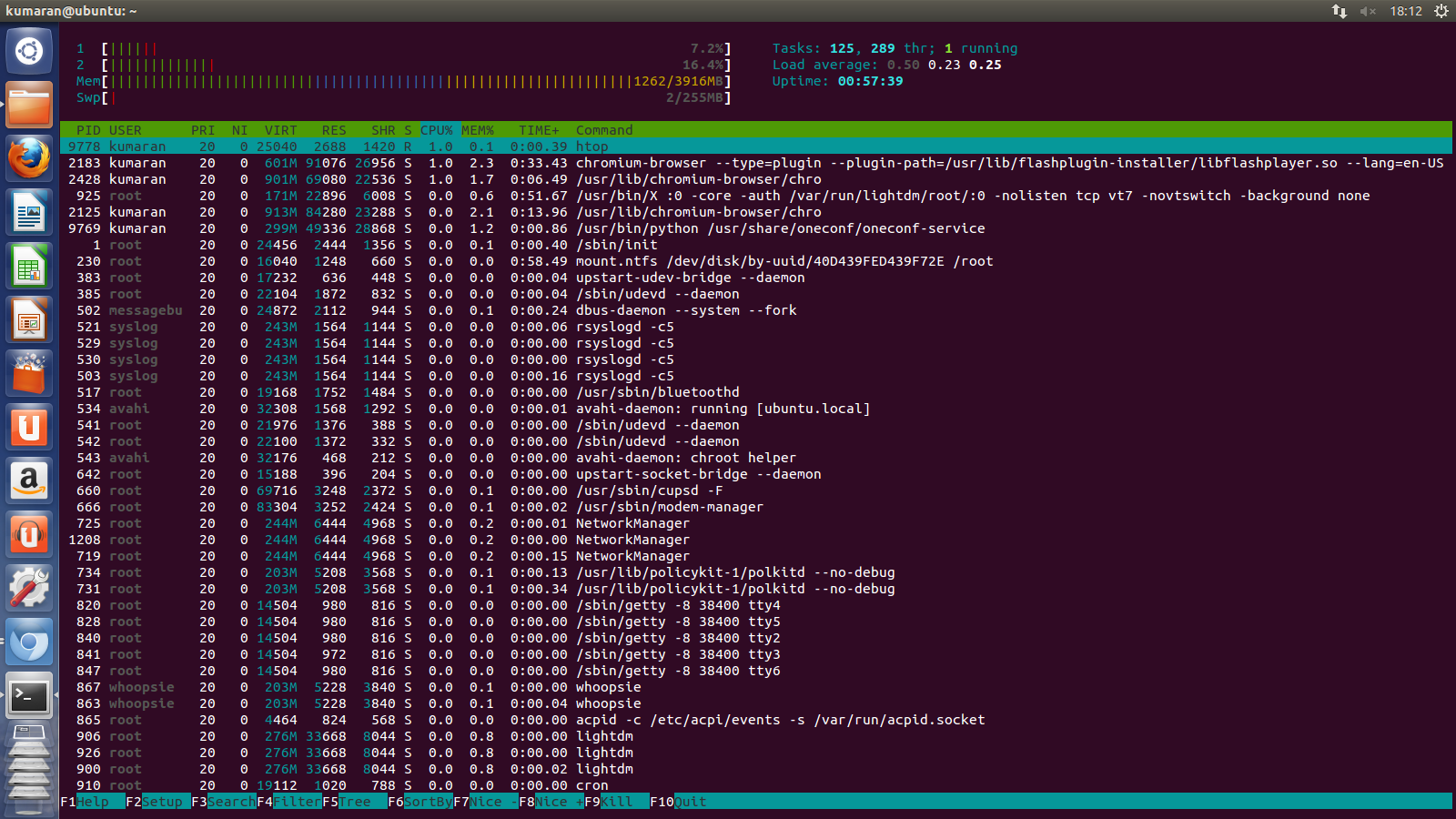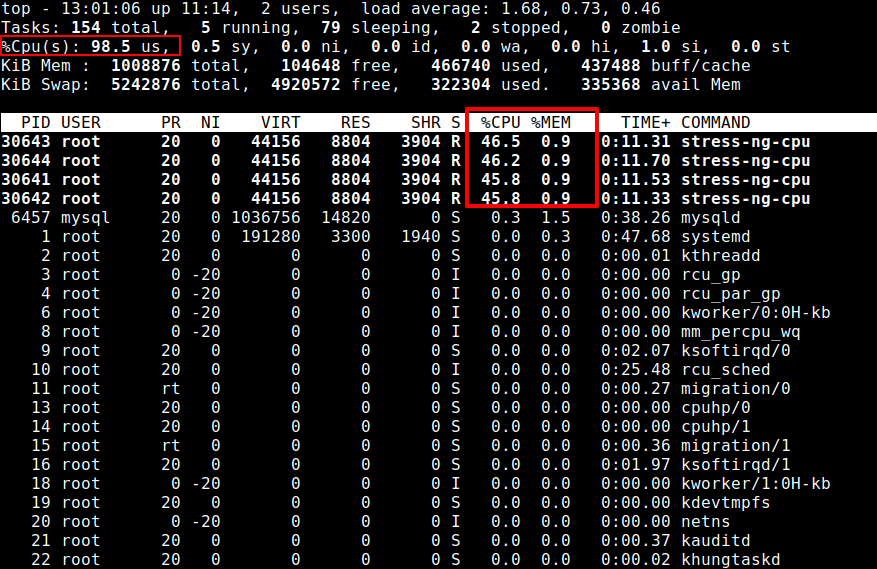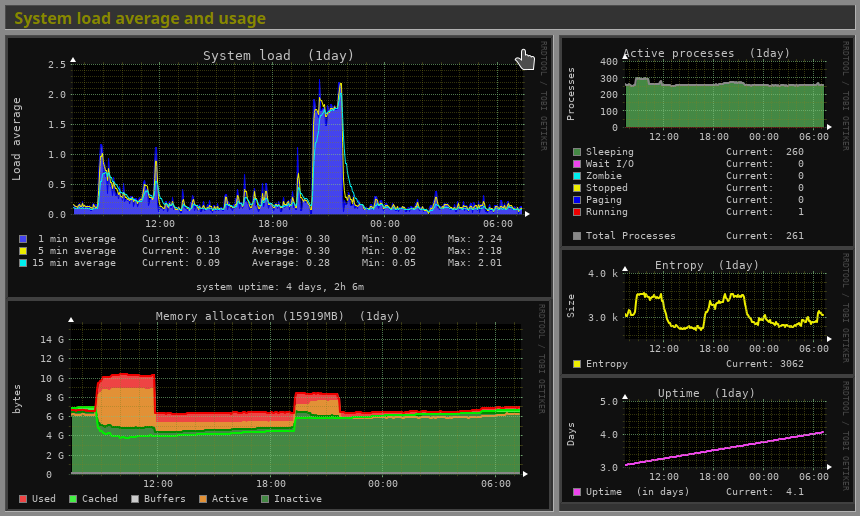


End : Scroll to the bottom of the process list and select the last process.Home : Scroll to the top of the process list and select the first process.F6 : On the sorted view, select a field for sorting.Type + or - to expand or collapse a subtree. F5 : Layout the relations between processes as a tree.

F4 : Show only processes whose names match the input text.It seems like the process /opt/brave,com/brave/brave takes the most CPU consumption among all the running processes. In the image above, the commands are sorted by CPU%. Packages for htop are available in most distros. I also use this to monitor how many cores and how much of the memory is being used when running a program or when training a model. I often use this whenever I notice a slow down in the speed of my computer and want to find out which processes have a major impact on the speed. htop allows you to view information related to command lines such as memory, CPU consumption, and how long it has been running. In this article, I will show you 3 tools that allow you to do all of the things above and much more! htop - an Interactive Process Viewer Knowing those pieces of information will enable you to optimize your system. Memory and CPU consumption of the running processes.Disk usage of each folder or file and when was the last time that you used them.System’s CPU usage, memory usage, and disk usage.If you are a Linux user, you might want to know some important information about your computer such as:


 0 kommentar(er)
0 kommentar(er)
